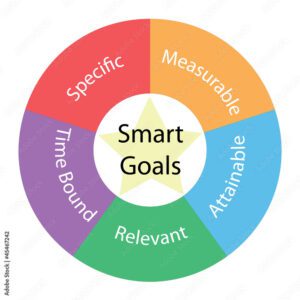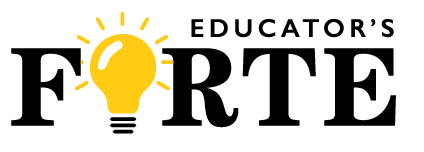The talks of Santa Claus and other holiday fun have come to an end and the narrative has shifted to plans for the upcoming year. Conversations are now filled with personal resolutions for the 2024 such as: go to the gym, read more books, spend more time with family, save money, eat better. Maybe the resolver will stick to their resolution, and maybe they won’t; however, reflecting upon growth in the previous year to make plans for the new one can be a very fruitful practice.
Educators who set practical New Year’s resolutions will likely reap benefits in the areas of professional growth, student success, focus and clarity, and increased motivation, to name a few. Practical resolutions provide a roadmap for professional growth, helping educators identify areas for improvement, leading to an overall enhancement of teaching skills and effectiveness. They will likely tie directly into improving instructional practice and engagement. Pinpointing specific objectives to work toward creates a focus and clarity in the work, aiding in avoiding a sense of overwhelm. Educators constantly encourage their students to direct their energy toward achievable goals, and New Year’s resolutions are the perfect way for educators to do the same.

Reflect on Growth
Prior to setting New Year’s resolutions, educators must first reflect on growth. Review the first half of the school year and consider the successes and challenges that were faced. What worked well? What areas could be improved? Acknowledge, and even celebrate, your achievements, no matter how small. Recognize the positive impact you’ve had on students as well as any personal or professional milestones. Seeking feedback from students, colleagues, or administrators can provide valuable insights into current teaching methods and areas for improvement. Evaluate the progress of students. Consider both the academic achievements of students and their overall development. Reflect to determine if the most commonly used teaching strategies effectively met students’ needs. Consider any professional development opportunities that were given and think about how these experiences contributed to growth. Lastly, acknowledge challenges and obstacles faced during the first half of the school year. Recall how they were navigated and what was learned from them.

Setting New Year’s Resolutions
When setting New Year’s resolutions, think about the SMART model; set goals that are specific, measurable, achievable, relevant, and time-bound. Clearly define what needs to be achieved in terms of teaching practices, student outcomes, and personal development. Identify the most important goals that will have a significant impact on teaching practices and student learning. Prioritize these goals to focus efforts effectively. Are there specific areas in which professional growth is needed? Determine where efforts to enhance skills and knowledge as an educator should be focused and plan relevant professional development opportunities to support the goals. Allow student feedback to guide resolutions. If there are aspects of teaching that students found particularly beneficial, consider how those strengths can be built upon.

Turn Resolutions into Actions
Once resolutions are set, it is important to make sure they are broken down into actionable steps. Create an action plan with specific tasks and deadlines to support accountability. Regularly monitor progress toward the resolutions. Be flexible and willing to adjust resolutions based on changing circumstances or new insights. Schedule regular moments for reflection during the second half of the school year. Check in on progress, celebrate achievements, and adjust strategies as needed to ensure resolutions are achieved.

Achieving set goals and resolutions can lead to increased job satisfaction. When educators see positive changes in their teaching methods and the impact on students, it reinforces a sense of fulfillment in the profession. Additionally, teachers who set and achieve practical resolutions serve as role models for their students. It demonstrates the value of goal-setting, perseverance, and continuous learning, inspiring students to adopt similar approaches to their own education. In essence, setting practical New Year’s resolutions for the second half of the school year provides teachers with a structured framework for professional development, growth, and the ongoing improvement of their teaching practices. It’s a proactive approach that contributes to the overall success and satisfaction of both educators and their students.
